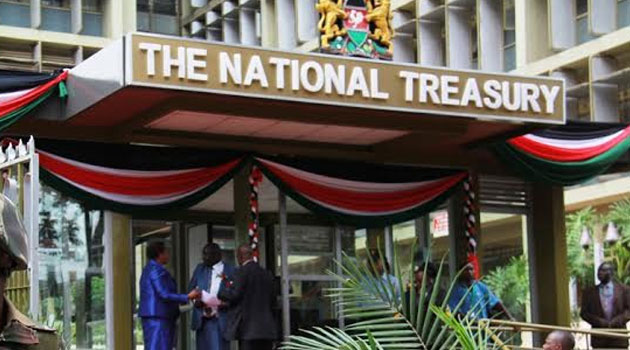Bad loans surge to Sh621bn as adverse conditions hit Kenya's banking sector - Report

By Alfred Onyango |
Non-performing loans accounted for 14.8 per cent of gross loans after the review period, the highest level since 2007.
Adverse business conditions in the fiscal year ending December 2023 prompted more businesses and people to default on loan advances from banking institutions.
The Kenya Bankers Association (KBA) released its 2024 State of the Banking Industry report on Thursday, revealing that banks in the nation experienced an extra Sh118.1 billion in bad loans during the time under review, bringing the total to Sh621.3 billion.
This compares to Sh503.2 billion recorded the previous year.
Non-performing loans accounted for 14.8 per cent of gross loans after the review period, the highest level since 2007.
"That elevated NPLs triggered risk averseness among banks and consequently led to a decline in credit growth to the private sector," said Raimond Molenje, KBA's acting CEO.
The distribution of NPLs among banks varied across all tiers.
The rate of growth of gross NPLs among large banks in the period under review was 12.8 per cent, while NPLs among medium and small banks increased by 17.5 per cent and 21.3 per cent, respectively."
As a result, Molenje stated that the country experienced an increased credit risk, necessitating the implementation of multiple bank-level initiatives to prevent future deterioration of bank assets.
"Higher provisions were implemented to cushion against potential losses as early collections were prioritised to address overdue payments and management of portfolios was strengthened from an early stage to identify and address risks sooner."
Non-performing loans were mostly concentrated in the building and construction sector, with an NPL percentage of 25.9 per cent.
Manufacturing (20.9 per cent), Real Estate (20.0 per cent), Trade (17.4per cent), Mining and Quarrying (16.5 per cent), Agriculture (15.5 per cent), Tourism, Restaurants, and Hotels (14.1per cent), and Transport and Communication (12.2per cent) were the industries that came next.
Energy and water made up 10.8 per cent, followed by personal and household (14.8 per cent) and financial services (21.9 per cent).
Nonetheless, the umbrella body reiterates that NPLs had a significant impact on the financial industry, preventing banks from providing credit to the economy.
"This was principally due to its implications on bank profitability, increasing loan loss provisions, and raising funding costs from counterparties. Meanwhile, write-downs and write-offs reduce capital," the research states.
"Moreover, NPLs crowd out new lending, as banks saddled with elevated NPLs have a constrained capacity to extend new credit."
Further in the research, the advocacy group emphasises the ongoing struggle of microfinance lenders in the country, who are increasingly relying on acquisitions from larger corporations to stay in business.
According to the research, total assets at deposit-taking microfinance banks (MFBs) fell by 8.8 per cent during the review period, representing the fourth consecutive year of loss.
The overall assets were Sh64.2 billion, compared to Sh70.4 billion in 2022.
This resulted in a gradual fall in net loans and advances to consumers, which fell to Sh37.5 billion in 2023 from Sh39.3 billion in 2022.
However, the general banking sector's asset base expanded by Sh1.2 trillion to Sh7.7 trillion during the review period, marking a 17.6 per cent year-on-year growth rate compared to the 8.5 per cent reported in 2022.
Reader comments
Follow Us and Stay Connected!
We'd love for you to join our community and stay updated with our latest stories and updates. Follow us on our social media channels and be part of the conversation!
Let's stay connected and keep the dialogue going!








